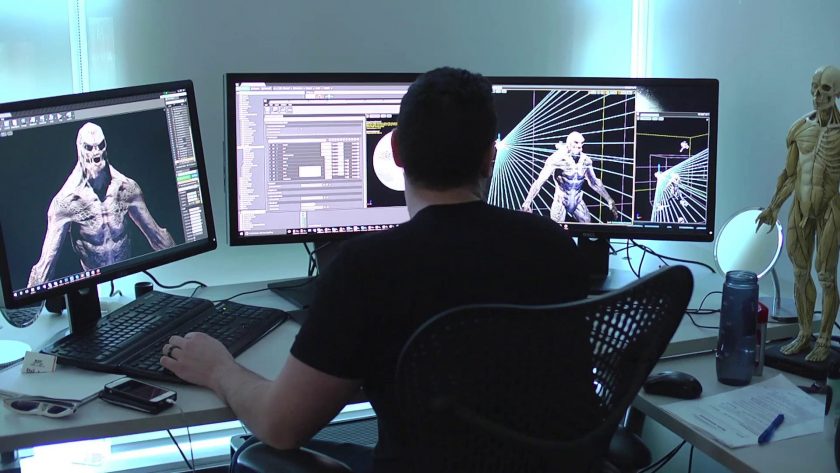It’s no secret that RPGs have existed for quite a long time (several decades, to be exact). Still, their significant progress and leap began everywhere with the development of information technologies, and this contributed to various things, which we will talk about next.
By the way, if you are a fan of RPG games, then why don’t you click on that link? On this site, you’ll find many thematic articles like guides and news.
The impact of modern technology on RPGs
Thanks to constantly evolving software, today’s developers can create complex and exciting games that allow players to immerse themselves in them as deeply as possible. In addition to new gameplay mechanics, RPGs also add different interaction methods. For example, through virtual reality: in such RPGs, players can comfortably contact each other without using text chat, which saves a lot of time and effort.
This, of course, is not the end of the advantage of introducing information technology in the world of role-playing games. Another significant benefit is that the developers can use them to create more detailed worlds. For example, high-quality 2D and 3D assets allow one to make game spaces in which one wants to believe.
Modern artificial intelligence gives enemies special features, sometimes even very similar to humans, which adds a certain sense to the game. In addition, information technology allows the creation of unique and diverse mechanics. The developers can make games replayed dozens or even hundreds of times.

This is mainly due to the AI above, which mixes templates and creates genuinely unique tile sets and locations that can be repeated. This approach is most clearly reflected in the roguelike and rogue-lite games with an admixture of RPG. Of course, there is also an emphasis on the social component.
Another unambiguously significant advantage of introducing information technology is that it allows players to contact each other. This encourages them to create teams and guilds, enjoying the pleasure of team play. By the way, the social aspect has another rather unobvious benefit – communities help projects to develop because they give developers critical feedback.
The impact of augmented reality on RPGs
With augmented reality tools, developers can overlay images and real-world objects into the virtual landscape, allowing players to see an alternate version of the game world around them. It’s a potent tool aimed at increasing impressiveness. But it doesn’t stop at immersion alone, as such technologies can create quests whose conditions will vary depending on where the player is.
For example, a search may require the player to find a specific item in his living room or backyard. The primary vector of augmented reality development is the widespread availability and the highest quality of content. The only thing holding back the explosive growth of this technology is the need for high-quality and relatively inexpensive augmented reality glasses.
Still, the number of games with this feature will grow when they appear. In summary, information technology has significantly impacted modern RPGs. Creating large worlds with detailed mechanics allows developers to draw players in thoroughly and for a long time.




